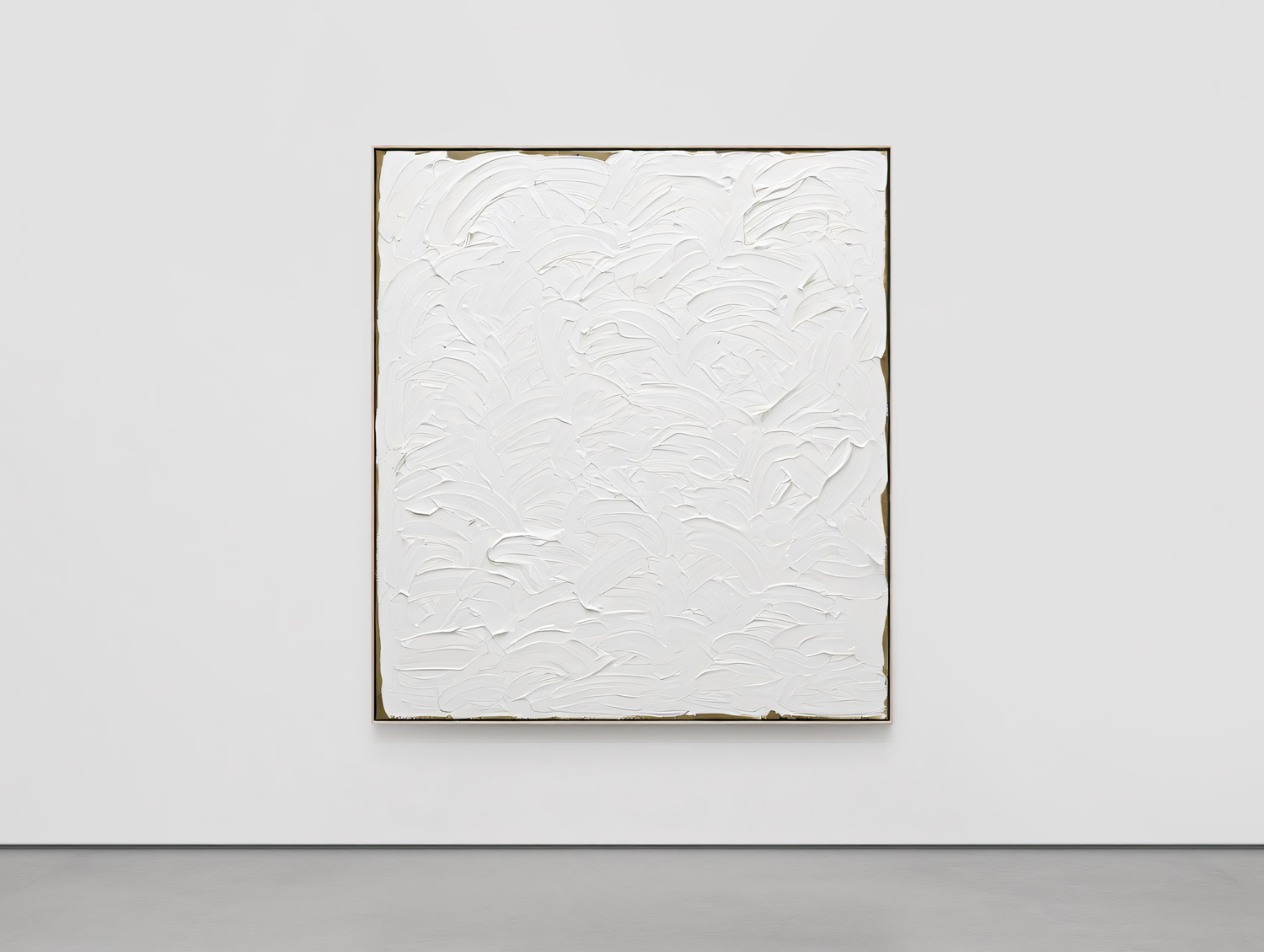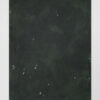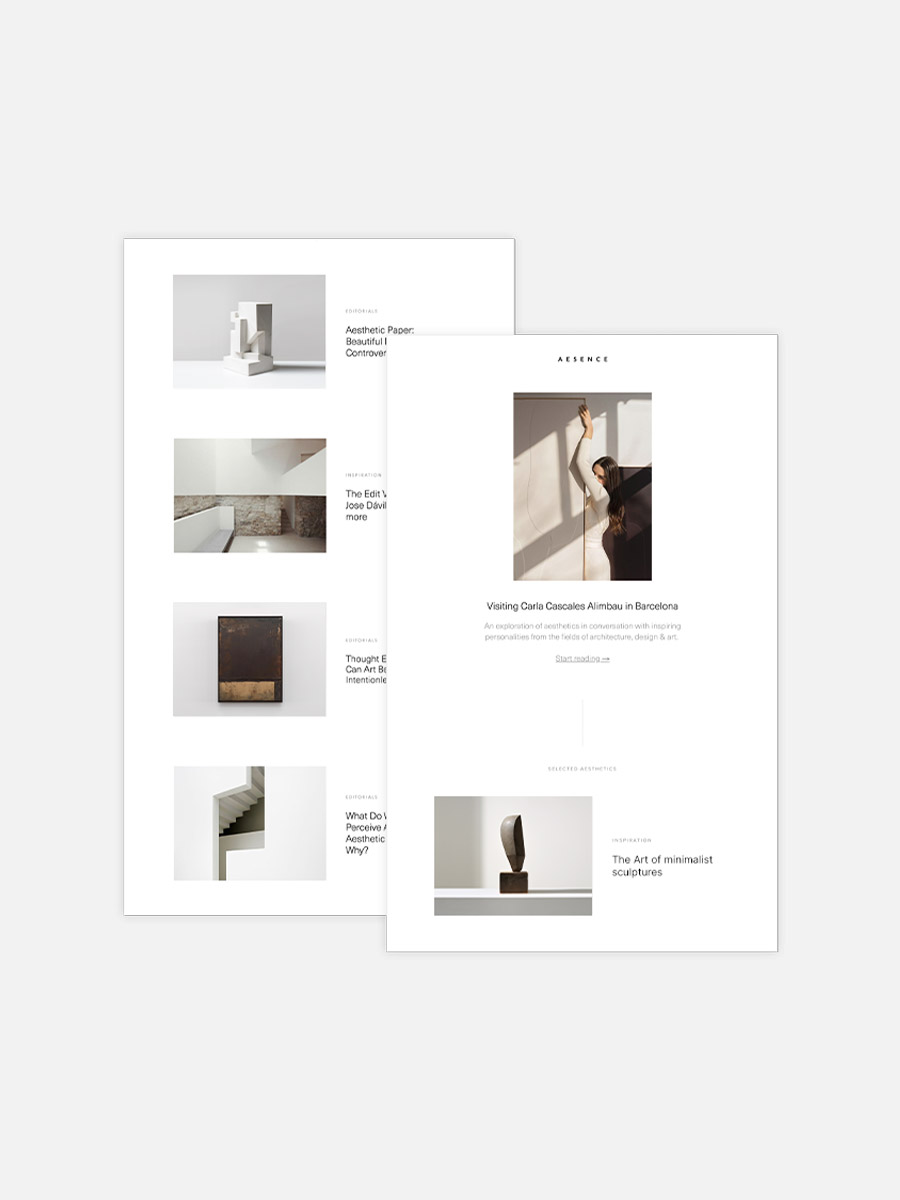I recently had a thought-provoking conversation about minimalist art. My counterpart, a collector of figurative art, expressed his astonishment at the supposed interchangeability of many minimalist works. It wasn’t the first time I had heard this criticism, but this time it stayed with me. Is there perhaps more truth in this criticism than I would like to admit? Or does it rather reveal a fundamental lack of understanding of this art form? The question leads me to further reflections: what constitutes uniqueness in art, especially at a time when everything seems to have already been done before? I would like to explore these questions today.
Searching for answers, I first wanted to understand what exactly is meant by the term. Uniqueness is defined as the quality of being “one-of-a-kind, unusual, or special, unlike anything else.” A seemingly straightforward definition, but one that quickly reaches its limits when applied visually to minimalist art. How, after all, can we identify peculiarities and differences within such a highly reduced visual language? Does reduction inevitably lead to uniformity?
The underestimated diversity of minimalist art
This is the crux of the matter because minimalist (and abstract) art challenges our viewing habits. Every work originates from a conscious decision – which elements are absolutely necessary, and what can be left out? This restraint creates a fascinating tension: Differences are revealed in the details, often becoming apparent only after prolonged observation. So far, so good – I’ve written extensively on this topic in various other essays (see further readings below). But why do some people perceive depth and meaning in minimalist art, while for others it remains interchangeable?

Our perception is a mirror of our experiences and expectations. We tend to reject things that seem strange or unusual to us because we are often quick to judge. So if you only look at minimalist art superficially, you will indeed find it interchangeable. Our way of seeing therefore reveals more about ourselves than about the work we are looking at. Those who are willing to engage with the subtle differences and invest time will discover an aesthetic dimension that remains hidden from the hasty glance.
Nevertheless, a more fundamental question arises for me: Does art have to be unique at all? Haven’t we all seen certain things somewhere else before? In a world where every work of art is in dialogue with art history, the search for absolute uniqueness seems futile. Even pioneers such as Constantin Brâncuși or Kazimir Malevich1 developed their approaches in conscious reference to previous art forms.2
For me, therefore, another term comes to the fore: authenticity. Art that arises from an inner necessity and reflects an honest dialogue between artist and work has an unmistakable signature. And this authenticity is palpable. Take the white, monochrome works of Robert Ryman – at first glance, some might consider them interchangeable with any other white, monochrome work. On closer inspection, however, and considering the context, they reveal a complex exploration of the color white: Ryman’s works are never pure white – depending on the light, texture, and surroundings, they shimmer in countless variations. For him, the interaction between the surface of the painting and the wall it hangs on is of central importance. This conscious engagement with material, space, and perception gives his art an unmistakable presence.3 It is this honesty in his work that makes his art so authentic and therefore unique – regardless of whether they are visually “unique.”
How, after all, can we identify peculiarities and differences within such a highly reduced visual language? Does reduction inevitably lead to uniformity?
The question of the uniqueness of minimalist art ultimately leads me to a deeper understanding of seeing itself. Perhaps this is where the greatest potential of this aesthetic lies: it challenges us to reflect on and sharpen our own vision. The collector I spoke to may be right at first glance – many minimalist works initially seem interchangeable on the surface. But over time, a space of subtle differences opens up. Ultimately, the question is not whether minimalist art always looks the same, but whether we are willing to discover the uniqueness that lies in its deliberate reduction.
What do you think about this topic? I look forward to your thoughts on this!
Further Reading
- How A Black Square Became An Expression Of Pure Emotion, Is Cycladic Art The Origin Of Minimalist Aesthetics?
- Is Cycladic Art The Origin Of Minimalist Aesthetics?
- Robert Ryman And The “Act Of Looking” In Paris
- Does Context Make Art More Beautiful?
- Is Minimalist Art Too Intellectual?
- Minimalism In Art: Is It Really That Simple?
About Exploring Aesthetics:
Sarah loves asking questions and exploring the things she engages with on a daily basis. Exploring aesthetics is her column which discusses art, design, and aesthetics to explore, inspire, and question the status quo.


